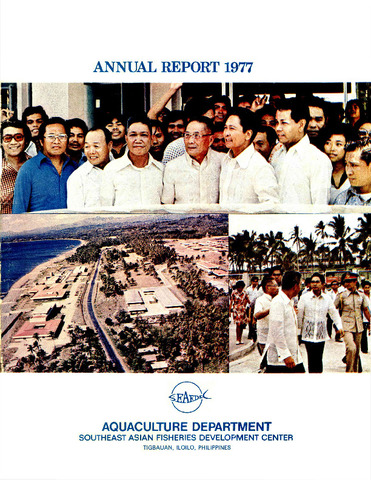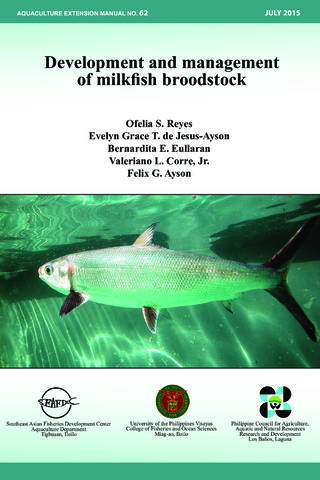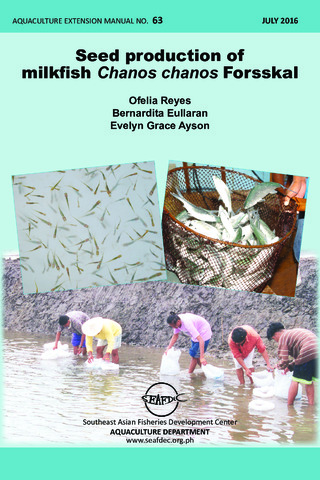| dc.contributor.author | Bagarinao, Teodora | |
| dc.date.accessioned | 2013-02-20T01:32:50Z | |
| dc.date.available | 2013-02-20T01:32:50Z | |
| dc.date.issued | 1994 | |
| dc.identifier.citation | Bagarinao, T. (1994). Systematics, distribution, genetics and life history of milkfish, Chanos chanos. Environmental Biology of Fishes, 39(1), 23–41. | en |
| dc.identifier.issn | 0378-1909 | |
| dc.identifier.uri | http://hdl.handle.net/10862/1443 | |
| dc.description.abstract | Chanos chanos belongs to a monotypic gonorynchiform family and is most closely related to the freshwater Ostariophysi. The earliest gonorynchiforms occurred in the Cretaceous of Brazil and west Africa. Chanos occurred in the freshwater Eocene deposits of Europe and North America, and probably invaded the circumtropical Tethys Sea during transgression episodes. At present, milkfish occurs near continental shelves and around oceanic islands throughout the tropical Indo-Pacific. Milkfish populations throughout the range show high genetic variation but low genetic divergence, similar to many other commercially important teleosts. The natural life history of milkfish is one of continual migration. Adults are relatively large (to 1.5 m or 15 kg), long-lived (to 15 years), pelagic and schooling. They spawn offshore near coral reefs or small islands. The eggs, embryos and larvae are pelagic and relatively larger than those of most marine species. Larvae ≥ 10 mm long and 2–3 weeks old move inshore via a combination of passive advection and active migration. Passing shore waters and surf zones, they settle in shallow-water depositional habitats such as mangrove swamps and coral lagoons, where they metamorphose and spend a few months as juveniles. Some juveniles may enter freshwater lakes where they grow into sub-adults but do not mature. Both small juveniles and large sub-adults go back to sea when they reach the size limit supportable by the habitat. Little else is known of the dynamics of wild populations of milkfish. A fishery on inshore larvae supports the centuries-old aquaculture of milkfish in southeast Asia. During the past ten years, milkfish have matured and spawned under various conditions of captivity, and hatcheries have produced larvae to supply the culture ponds. Much remains to be learned concerning the milkfish, particularly its ecology and physiology. | en |
| dc.language.iso | en | en |
| dc.publisher | Springer Verlag | en |
| dc.subject | Milkfish | en |
| dc.subject | Indo-Pacific Region | en |
| dc.subject | Chanos chanos | |
| dc.subject | Gonorynchiformes | |
| dc.subject | Chanidae | |
| dc.title | Systematics, distribution, genetics and life history of milkfish, Chanos chanos | en |
| dc.type | Article | en |
| dc.citation.volume | 39 | |
| dc.citation.issue | 1 | |
| dc.citation.spage | 23 | |
| dc.citation.epage | 41 | |
| dc.citation.journalTitle | Environmental Biology of Fishes | en |
| dc.subject.asfa | Dispersion | en |
| dc.subject.asfa | ecological distribution | en |
| dc.subject.asfa | Genetic diversity | en |
| dc.subject.asfa | life history | en |
| dc.subject.asfa | phylogeny | en |
| dc.subject.asfa | spawning | en |
| dc.subject.asfa | evolution | en |
| dc.subject.asfa | fish larvae | en |
| dc.identifier.doi | 10.1007/BF00004752 | |
| dc.subject.scientificName | Chanos chanos | |



